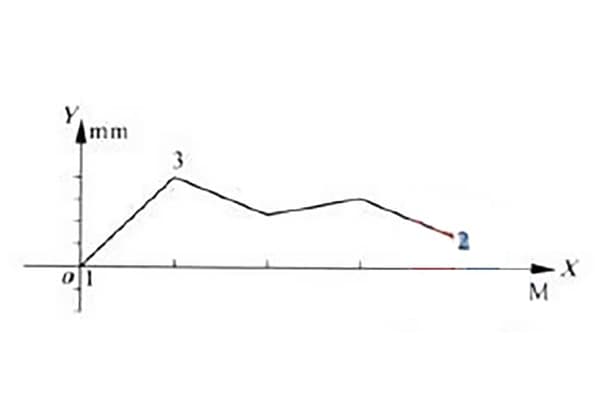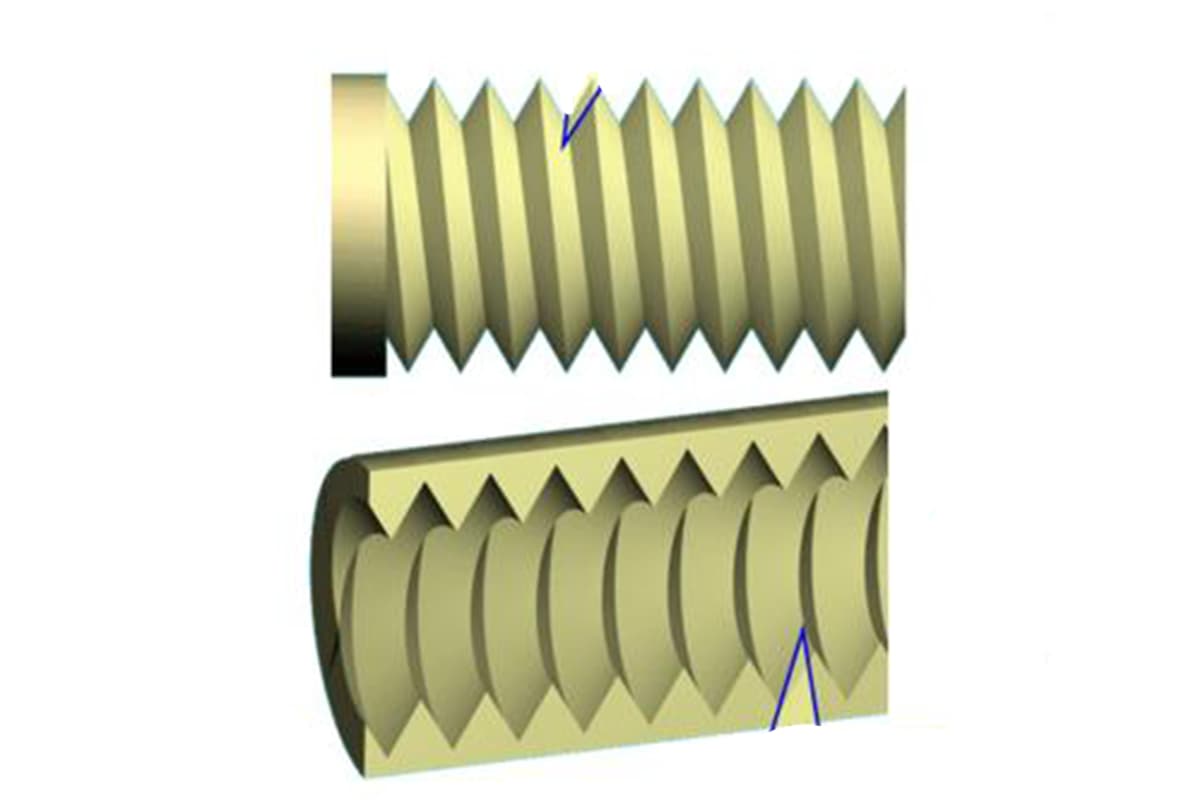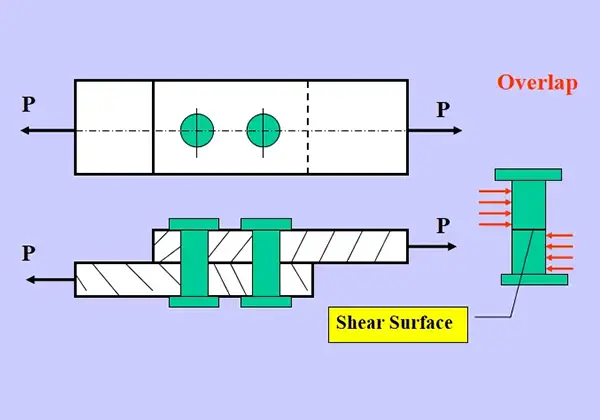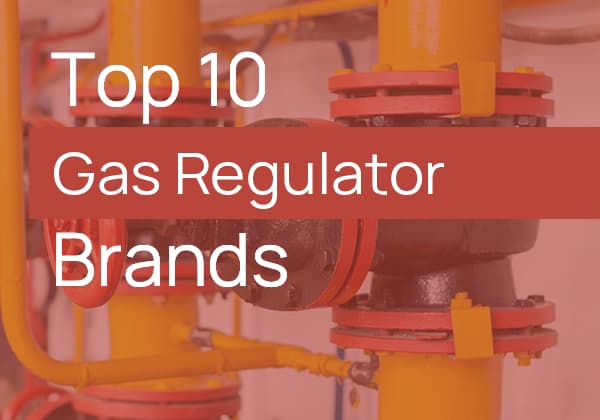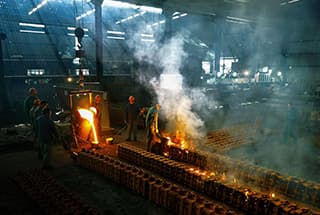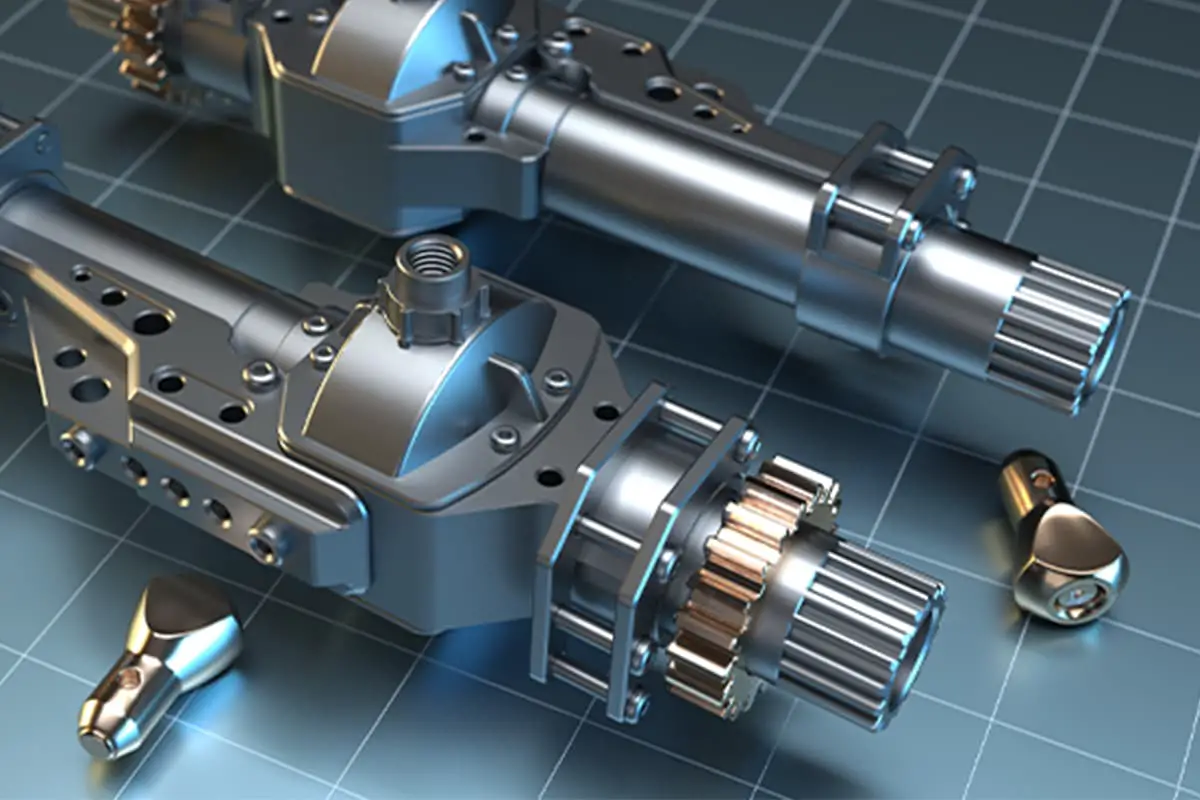
Is your hydraulic system not performing as expected? Understanding how to calculate hydraulic pump efficiency can be a game-changer. This article breaks down the process into simple steps, helping you identify if your pump needs replacement. By learning about volumetric, mechanical, and overall efficiency, you can ensure optimal performance and avoid costly failures. Dive in to discover how small tweaks in calculation can lead to big improvements in your hydraulic system’s reliability and safety.
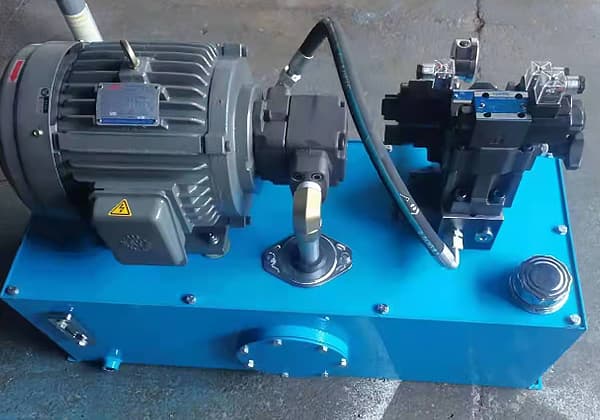
One way to determine if a hydraulic pump needs replacement is to calculate its efficiency.
Hydraulic pumps with low efficiency not only cause the performance of the entire system to decline but also pose potential safety and financial risks.
Sometimes, when hydraulic equipment slows down significantly, calculating the pump’s efficiency may not be necessary before replacing it.
However, in other cases, comparing the pump’s actual efficiency to its theoretical efficiency can be helpful.
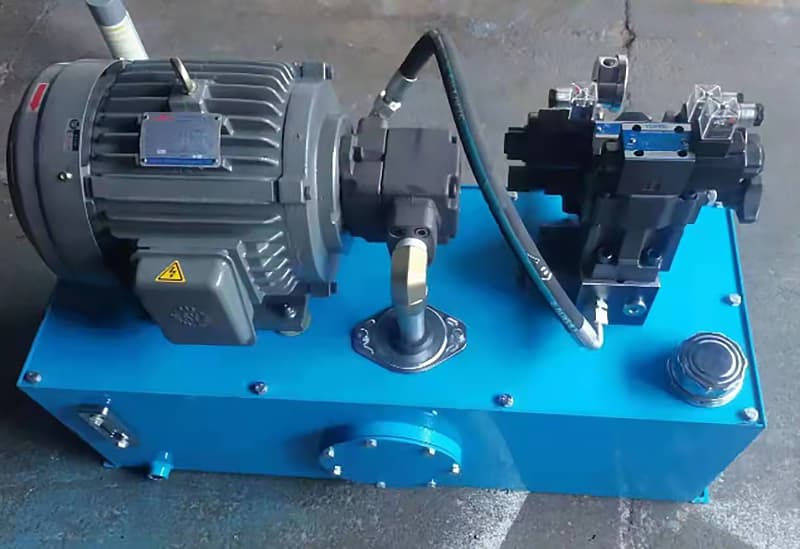
Hydraulic pump efficiency is categorized into three main types: volumetric efficiency, mechanical (or hydraulic) efficiency, and overall efficiency. Each type provides unique insights into pump performance and system optimization.
(1) Volumetric Efficiency
Volumetric efficiency is the most commonly utilized metric for assessing hydraulic pump performance. It quantifies the pump’s internal leakage by comparing the actual hydraulic fluid output to the theoretical output. This efficiency is crucial for evaluating the pump’s sealing integrity and wear condition.
To calculate volumetric efficiency:
A high volumetric efficiency indicates minimal internal leakage and optimal pump performance.
(2) Mechanical/Hydraulic Efficiency
Mechanical efficiency, also known as hydraulic efficiency, compares the actual input torque required to drive the pump with the theoretical torque needed to generate the desired output pressure and flow. This efficiency metric accounts for energy losses due to mechanical friction in bearings, gears, and other moving components, as well as fluid friction within the pump.
Mechanical efficiency (%) = (Theoretical torque / Actual torque) × 100
While a 100% mechanical efficiency is theoretically ideal, it’s unattainable in practice due to inherent mechanical and fluid friction losses. High-quality pumps typically achieve mechanical efficiencies between 85% and 95%, depending on the design and operating conditions.
(3) Overall Efficiency
Overall efficiency provides a comprehensive measure of the pump’s performance by combining volumetric and mechanical efficiencies. It represents the total energy conversion effectiveness of the hydraulic pump.
Overall efficiency (%) = Volumetric efficiency (%) × Mechanical efficiency (%)
This metric is invaluable for comparing different pump designs or evaluating the same pump under various operating conditions. Higher overall efficiency translates to lower energy consumption and heat generation for a given flow rate and pressure output.
Understanding and optimizing these efficiency metrics is crucial for:
Hydraulic pump replacement is crucial when efficiency drops below acceptable levels. Neglecting or failing to recognize signs of pump deterioration not only compromises safety but can also lead to significant financial losses due to system failures, downtime, and collateral damage to other components.
To determine the need for replacement, engineers should regularly assess pump efficiency and monitor key performance indicators. The volumetric efficiency (ηv) and overall efficiency (η) are particularly important metrics, calculated as follows:
Generally, when overall efficiency falls below 80-85%, replacement should be considered, though this threshold may vary depending on the specific application and system requirements.
In addition to quantitative efficiency measurements, several qualitative warning signs indicate potential hydraulic pump failure:
(1) Abnormal noise levels: Excessive cavitation, bearing wear, or internal component damage often manifests as unusual sounds, such as knocking, whining, or grinding.
(2) Internal leakage: Detected through flow testing or pressure decay tests, internal leakage signifies worn seals, pistons, or valve plates, reducing volumetric efficiency.
(3) External leakage: Visible fluid loss around shaft seals, housing joints, or fittings indicates deteriorating seals or gaskets, potentially leading to contamination and further system damage.
(4) Elevated operating temperature: Temperatures exceeding normal operating ranges (typically 60-80°C) may signify increased internal friction, fluid degradation, or insufficient cooling, accelerating pump wear.
(5) Erratic pressure fluctuations: Unstable pressure readings or frequent pressure drops can indicate worn internal components or control issues.
(6) Decreased flow rate: A noticeable reduction in system flow rate, even with proper inlet conditions, suggests diminished pump capacity.
(7) Increased power consumption: Higher energy draw for the same output may indicate declining mechanical efficiency.
Regular condition monitoring, including vibration analysis, oil analysis, and thermal imaging, can help detect these issues early, allowing for planned maintenance or replacement before catastrophic failure occurs. Implementing a predictive maintenance strategy based on these indicators can optimize pump lifespan, minimize unexpected downtime, and ensure safe, efficient operation of hydraulic systems.

